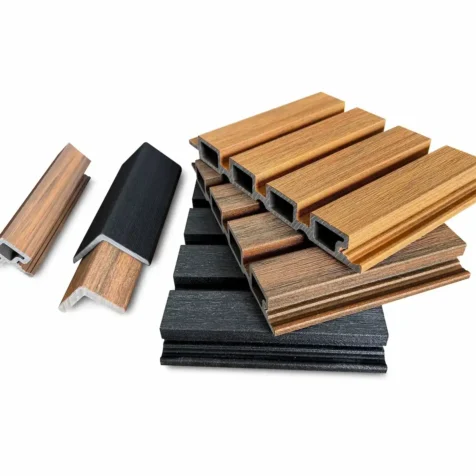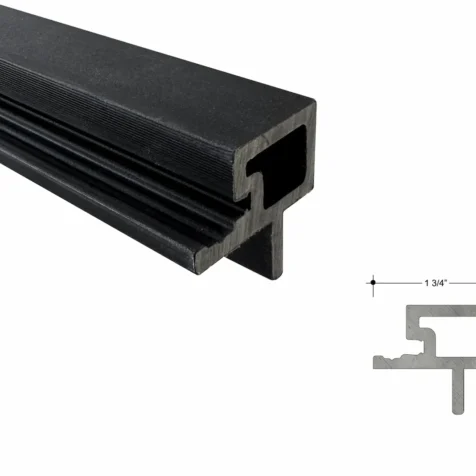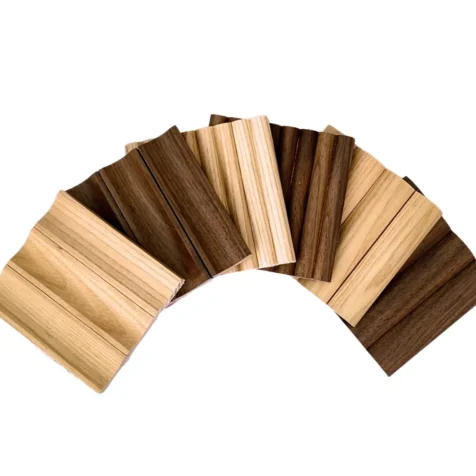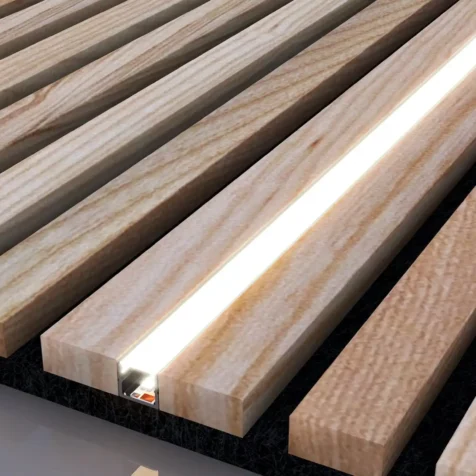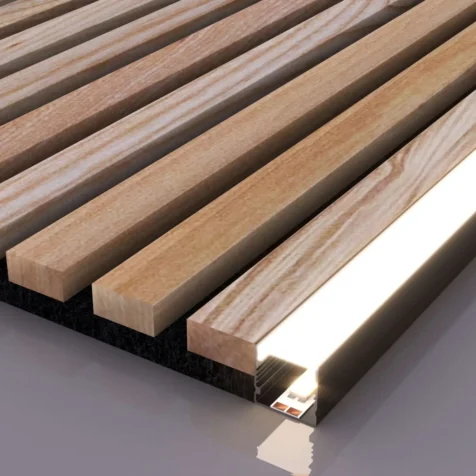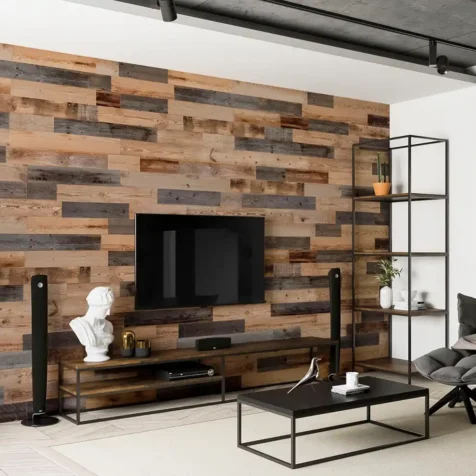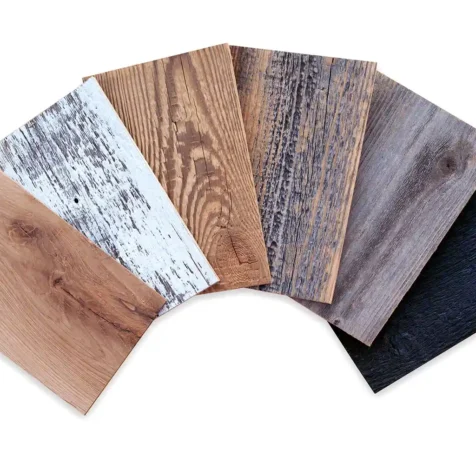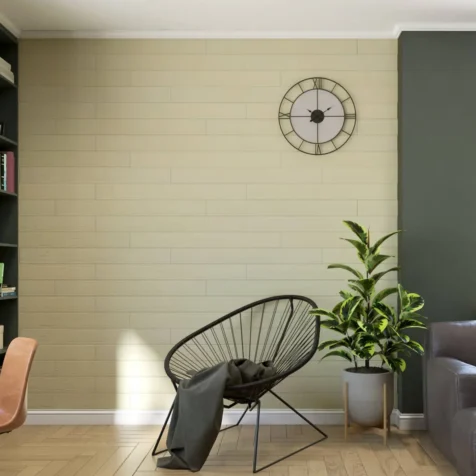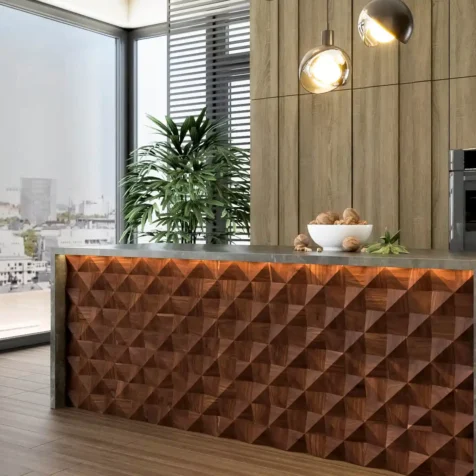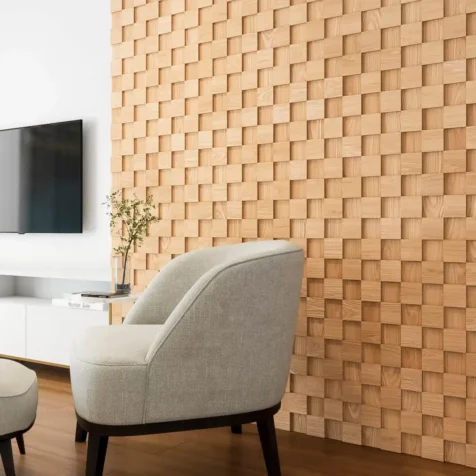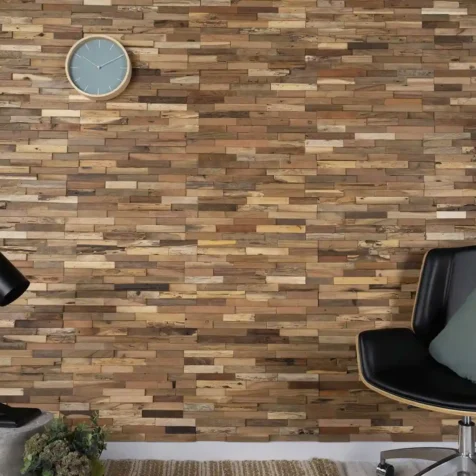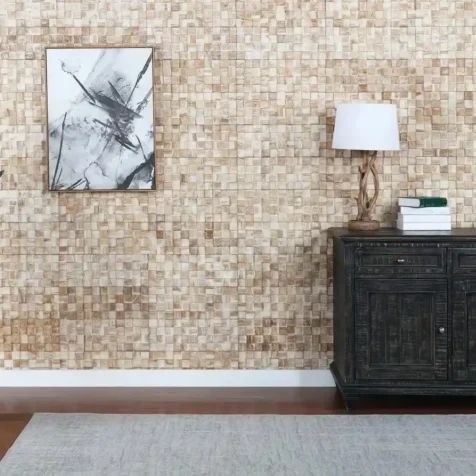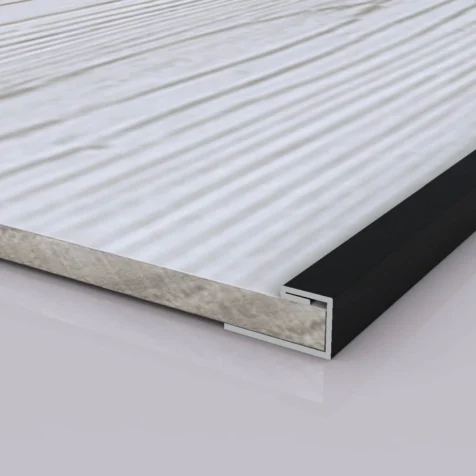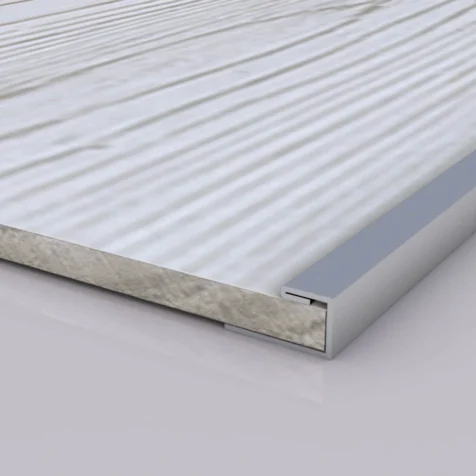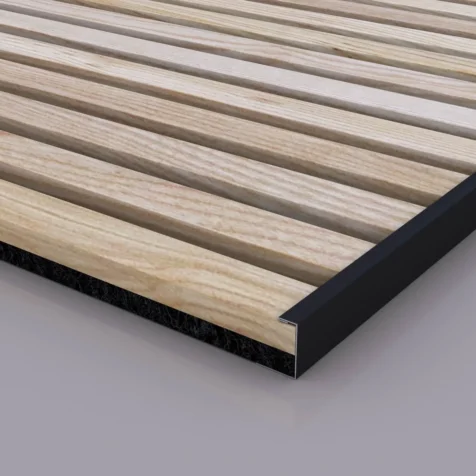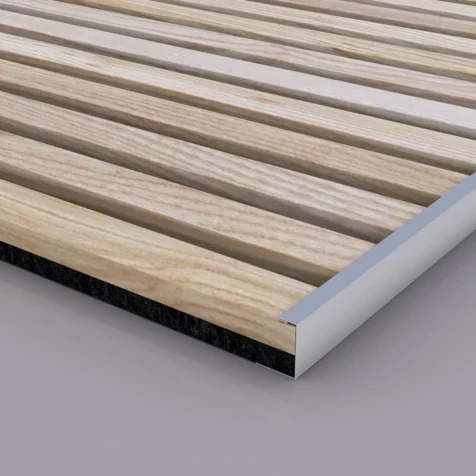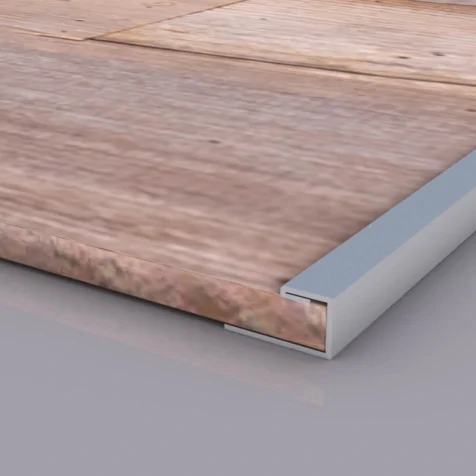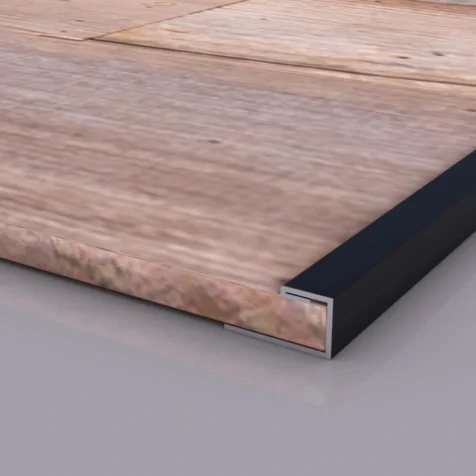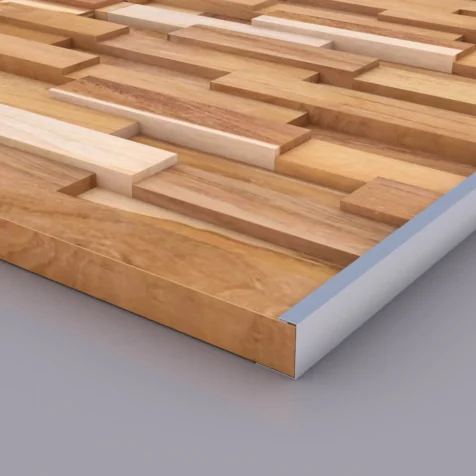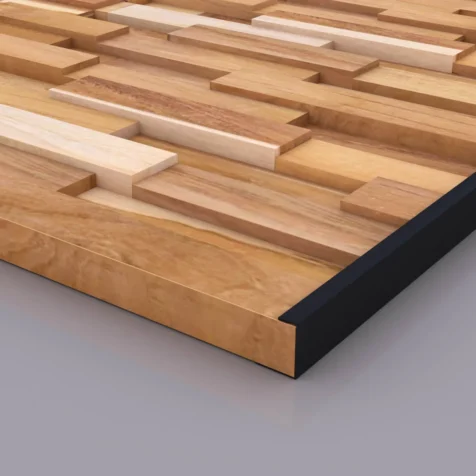How To Divide A Panel Into Specific Dimensions Like A Pro
Learning how to divide a panel into specific dimensions is a skill every DIY enthusiast should master. Whether you are updating your home with Woody Walls acoustic slat panels or creating a feature wall with peel and stick wood planks, precise measurements and clean cuts are essential for a seamless, professional finish.
Many people worry about making mistakes, wasting materials, or ending up with uneven panels when starting a DIY wall project. The good news is that with the right approach, the right tools, and a clear method, dividing panels into the exact sizes you need becomes straightforward. In this guide, you will learn how to divide a panel into specific dimensions with confidence, allowing you to transform your space while ensuring every panel aligns perfectly.
Understanding Panel Materials
Before you begin learning how to divide a panel into specific dimensions, it is important to understand the materials you are working with. Different panels require different cutting techniques and tools to achieve a clean, precise finish.
For example, Woody Walls offers acoustic slat wall panels made from solid wood and oak veneer that are designed for easy DIY installation while providing superior sound absorption. These panels may require a fine-tooth blade for smooth cuts without splintering the edges. Peel and stick wood planks, another popular option from Woody Walls, are lightweight and come with adhesive backing, making them easier to handle and cut to exact sizes with a sharp utility knife or a fine-tooth saw.
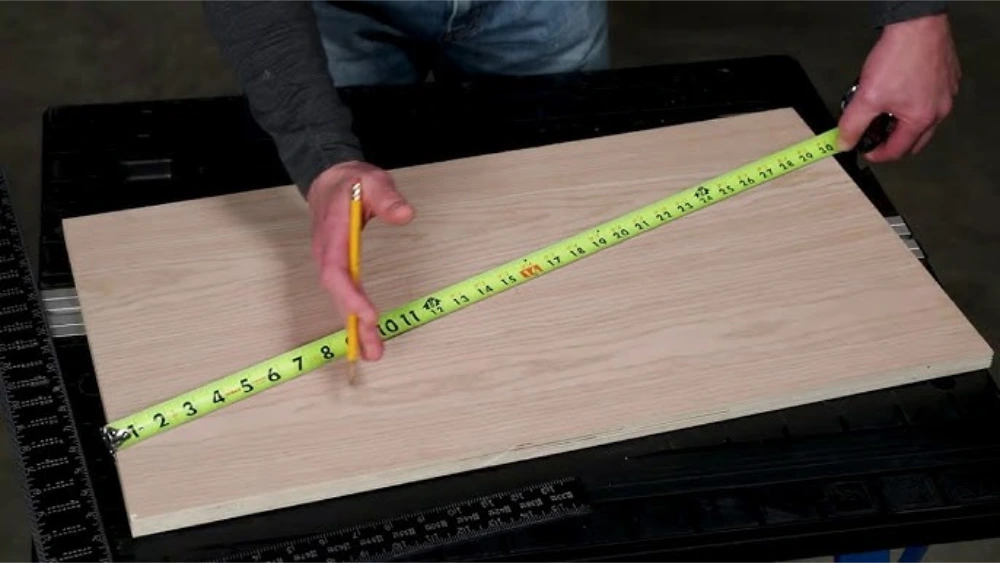
If you are working with plywood or MDF wall panels, you will need to take additional care to prevent chipping. Using painter’s tape along the cut line can help protect the edges while guiding your saw smoothly. Understanding your panel’s thickness, finish, and material type will help you select the right tools and methods for dividing your panels accurately and safely.
Taking the time to understand the type of panel you are using will save you frustration and material waste, ensuring your DIY project turns out exactly as you envisioned.
Essential Tools for Precision Cutting
When learning how to divide a panel into specific dimensions, having the right tools ensures your cuts are accurate and clean for a frustration-free DIY project.
Here are the essential tools you will need:
- Measuring Tape: For accurate measurements before marking your panels.
- Straightedge or Carpenter’s Square: Helps mark perfectly straight, precise lines for your cuts.
- Pencil or Fine Marker: Makes clear, visible markings you can easily follow while cutting.
- Circular Saw with a Fine-Tooth Blade: Ideal for cutting Woody Walls acoustic slat panels and other wood panels with minimal splintering.
- Jigsaw with a Fine Wood Blade: Useful for precise cuts around outlets or corners.
- Utility Knife with Extra Blades: Perfect for scoring and snapping Woody Walls peel and stick planks to exact sizes without damaging the finish.
- Clamps: Keeps panels securely in place to prevent shifting during cuts.
- Stable Workbench or Sawhorses: Supports your panels while cutting, helping maintain accuracy on longer panels.
Setting up your workspace with these tools will help you divide your panels into specific dimensions efficiently, ensuring your Woody Walls DIY project looks clean and professionally finished.
How to Divide a Panel Into Specific Dimensions: Step-by-Step Guide
Now that you have your tools ready, it’s time to learn how to divide a panel into specific dimensions confidently for your DIY project. Whether you are working with Woody Walls acoustic slat panels or peel and stick planks, these steps will help you achieve precise, clean cuts every time.
1. Measure Twice
Start by measuring the space where your panel will be installed. Double-check your measurements to avoid mistakes and material waste. Write down the exact dimensions you need for each panel.
2. Mark Your Cut Lines
Using a straightedge or carpenter’s square, mark clear, straight lines on your panel according to your measurements. Use a pencil or fine marker so your lines are easy to see while cutting.
3. Prepare Your Workspace
Set up your workbench or sawhorses in a well-lit area. Use clamps to secure your panel in place, preventing any movement while cutting. This will help you maintain accuracy and safety.
4. Choose the Right Cutting Method
- For Woody Walls acoustic slat panels and other wood panels, use a circular saw with a fine-tooth blade for straight cuts.
- For detailed cuts or curves, use a jigsaw with a fine wood blade.
- For Woody Walls peel and stick planks, use a sharp utility knife to score along your cut line, then snap the panel to size.
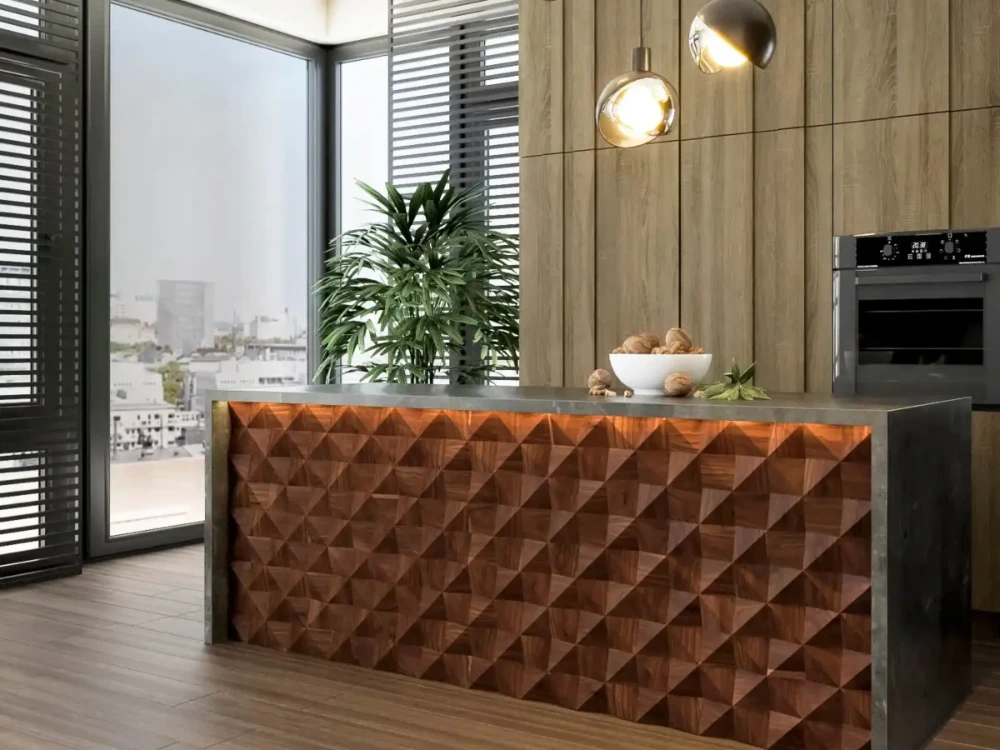
5. Cut Slowly and Steadily
Follow your marked line carefully, letting the saw or knife do the work. Rushing can lead to splintered edges or uneven cuts.
6. Check Your Cut
After cutting, measure the panel again to ensure it matches your desired dimensions. If needed, lightly sand the edges to smooth out any roughness.
7. Clean Up and Prepare for Installation
Wipe down your panels to remove any dust or debris, ensuring they are clean and ready for installation.
Common Mistakes and How to Avoid Them
Learning how to divide a panel into specific dimensions takes practice, but avoiding common mistakes will save you time, money, and frustration on your DIY project.
Measuring Incorrectly
One of the most common issues is measuring once and cutting immediately, only to find the panel is too short or uneven. Always measure at least twice and mark your lines clearly to ensure accuracy.
Using the Wrong Tools
Using a dull blade or the wrong saw for your panel type can lead to splintered edges and rough cuts. For Woody Walls acoustic slat panels, use a circular saw with a fine-tooth blade, while a sharp utility knife is best for peel and stick planks.
Skipping Panel Support
Cutting panels without proper support can cause them to shift or crack. Always use a stable workbench or sawhorses and secure your panels with clamps before cutting.
Rushing the Cut
Moving too quickly can result in jagged edges and inaccurate dimensions. Let your saw or knife move steadily along the cut line to maintain a clean edge.
Forgetting to Check the Fit
After cutting, always remeasure the panel to confirm it matches the required dimensions before installation. This simple step ensures your panels align perfectly when installed.
Key Takeaways and Next Steps
Mastering how to divide a panel into specific dimensions will give your DIY projects a polished, professional look while saving time and material. With careful measuring, the right tools, and a clear process, you can confidently transform your space using Woody Walls acoustic slat panels or peel and stick planks, ensuring each panel fits perfectly.
If you are ready to upgrade your space, explore Woody Walls’ range of easy-to-install wood panels designed for DIY enthusiasts who value quality and design flexibility. From acoustic panels that add warmth and sound absorption to peel and stick planks that simplify your project, you will find a solution that aligns with your style and skill level.
Visit Woody Walls to explore best-selling panels, watch installation guides, and order your samples today to experience the quality firsthand. With free mainland US shipping within 48 hours, transforming your space has never been easier.






